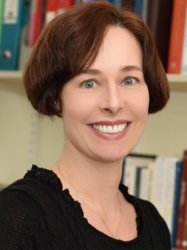BibTex format
@article{Zhu:2015:10.1038/gim.2014.191,
author = {Zhu, X and Petrovski, S and Xie, P and Ruzzo, EK and Lu, Y-F and McSweeney, KM and Ben-Zeev, B and Nissenkorn, A and Anikster, Y and Oz-Levi, D and Dhindsa, RS and Hitomi, Y and Schoch, K and Spillmann, RC and Heimer, G and Marek-Yagel, D and Tzadok, M and Han, Y and Worley, G and Goldstein, J and Jiang, Y-H and Lancet, D and Pras, E and Shashi, V and McHale, D and Need, AC and Goldstein, DB},
doi = {10.1038/gim.2014.191},
journal = {Genetics in Medicine},
pages = {774--781},
title = {Whole-exome sequencing in undiagnosed genetic diseases: interpreting 119 trios},
url = {http://dx.doi.org/10.1038/gim.2014.191},
volume = {17},
year = {2015}
}

